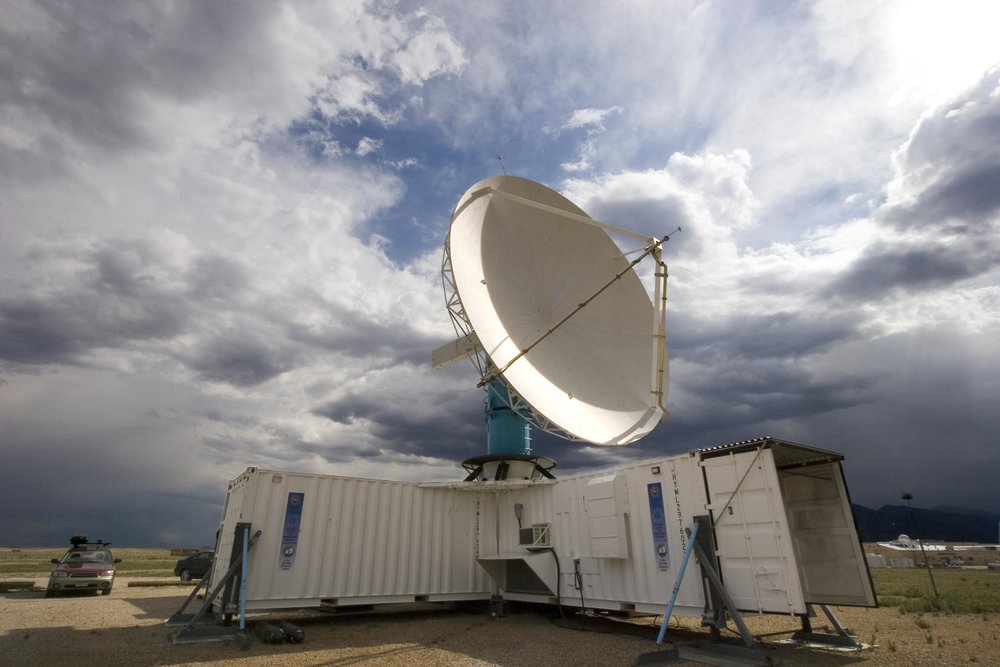Iran to unveil first home-grown weather radar by summer 2017

TEHRAN — Iranian scientists will develop a weather radar for the first time in the country by summer 2017, the director of Iran Meteorological Organization has said.
Following the talks between Iran Meteorological Organization and Iranian Space Agency Research Center (an organization affiliated with Ministry of Communication and Information Technology), a working prototype of the radar is scheduled to be designed and tested by the next summer, Davoud Parhizkar said, IRNA news agency reported on Friday.
“So far we have taken primary measures to sign a memorandum of understanding with Iranian Space Agency Research Center to initiate the project,” he added.
He further said that “we didn’t have the technology for building such advanced weather equipment domestically but now the project is getting off the ground and Japanese scientists and experts will also help us on this project.”
Currently there are nine weather radars in Iran which should be increased to 24 to provide the whole country with full coverage, Parhizkar explained.
Complaining about low budget allocation for meteorological devices Parhizkar explained that limited finances are impeding the raising of standards in meteorology in Iran.
Elsewhere in an interwove with ISNA news agency Ebrahim Mirzaei, another official with Iran Meteorological Organization explained that Iran must spend some 100 billion rials (nearly $3 million) on buying each radar from other countries.
Compared to satellites radars can transfer more accurate data on whether phenomena that emerge in smaller scales and better detect them, Mirzaei said, adding meteorological phenomena that occur in smaller scales are usually more intensive and cause more damages and radars are capable of predicting such extreme weather in less than six hours before they start.
Weather radars or weather surveillance radars are used to locate precipitation, calculate its motion, and estimate its type (rain, snow, hail etc.). Modern weather radars are mostly pulse-Doppler radars, capable of detecting the motion of rain droplets in addition to the intensity of the precipitation. Both types of data can be analyzed to determine the structure of storms and their potential to cause severe weather.
MQ/MG
